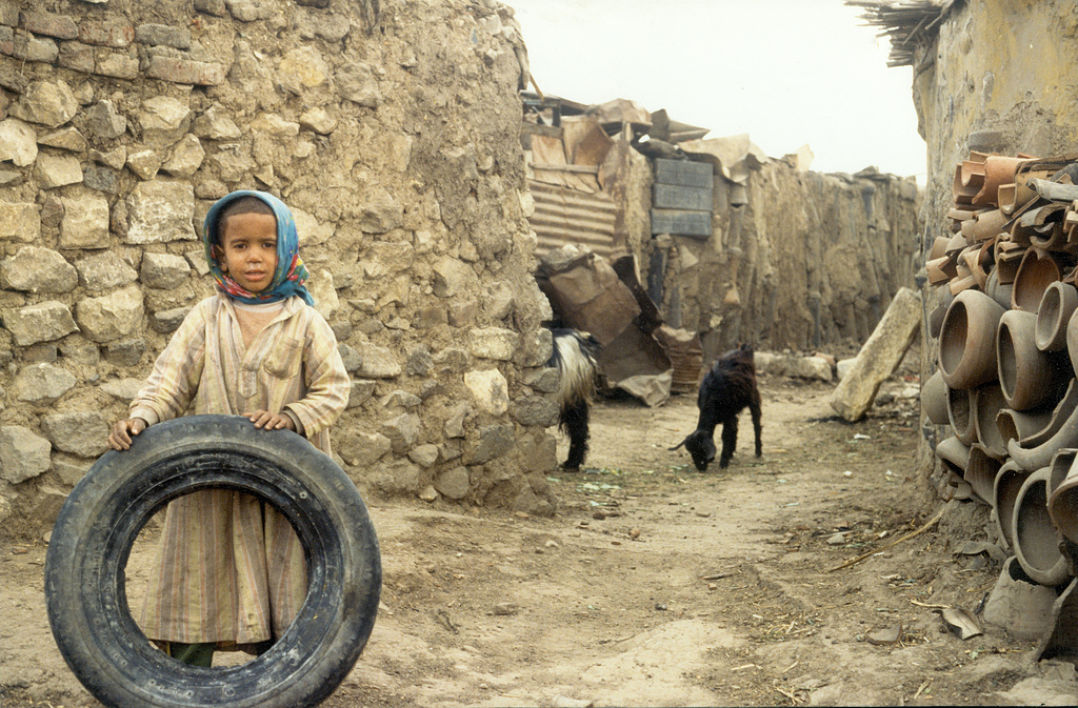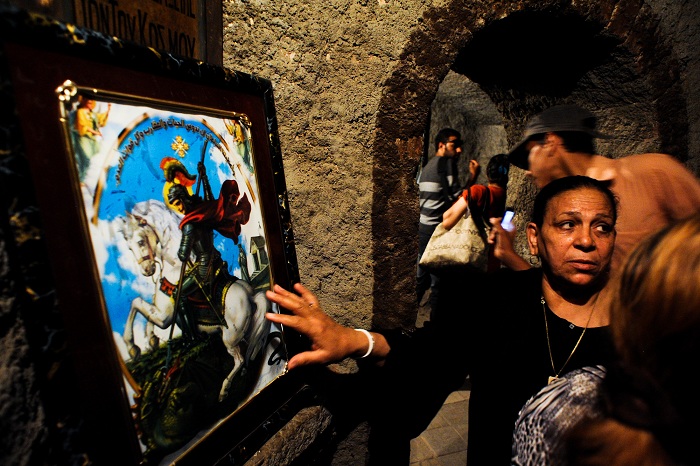The Egyptian economy has witnessed several economic fluctuations in 2016, leading the government to take several extreme economic measures and carry out a number of reforms over the past few months to address the economic issues.
With the introduction of the value-added tax (VAT), the flotation of the Egyptian pound, and the increased cost of fuel, water, electricity, and many other goods and services, it is easy to wonder what kind of impact these changes and reforms have had on the poorer classes of society. Exacerbating the issue is the fact that the inflation rate is expected to increase by 30-35% in the first half of 2017, according to a Beltone financial report, issued in November 2016.
The poverty line is defined as the minimum level of income deemed adequate in a particular country, according to the World Bank. The Egyptian poverty line was changed to EGP 482 per month and EGP 5,787.9 per annum by the Central Agency for Public Mobilization and Statistics (CAPMAS) in its most recent statistics survey for 2015, which means that individuals with an income of less than the aforementioned amounts are considered to be living below the poverty line. Egypt’s population reached 92,000,178 in December 2015, as also confirmed by the most recent report by CAPMAS.

Official data of poverty within Beltone’s “Income, Expenditure and Consumption” report for 2015 showed that nearly 28% of Egyptians are living around the poverty line, and the percentage continues to increase, according to the report. It showed that 57% of rural residents of Upper Egypt are unable to meet their basic needs, compared to around 20% in rural Lower Egypt. The increased percentage of poverty is highly connected to the level of education these individuals have received. Beltone estimates that 40% of illiterate citizens are considered to be on the poverty line, compared to only 7% of those who have a university degree.
Heba El-Laithy, professor of statistics at the Faculty of Economics and Political Science of Cairo University, said that the percentage of poverty in Egypt at the present day may reach 35% with the continuous increase of prices. She explained that the effect of the recent reforms may have been extremely severe for poorer families and individuals.
After the flotation of the pound— a decision made by the Central Bank of Egypt (CBE) on 3 November 2016 to alleviate the dollar shortage, stabilise the country’s ailing economy, and as part of the government’s obligations before the International Monetary Fund (IMF) to complete the obtainment of a $12bn loan— concerns were raised by experts on behalf of citizens who were left with more financial burdens as a result of the Egyptian pound losing almost half its value in 2016, leading to an increase in the prices of many basic goods and services while wages remained the same.
Mohamed Marzouk, a 42 year-old janitor in one of the government schools with a General Secondary Education Certificate, said that his family of four has been struggling financially for the past year, especially after he was diagnosed with diabetes. “I feel like I have to pay more than I make. Healthcare and education cost me the most, but all other goods are just as costly as well,” Marzouk said.
A report issued by The Egyptian Centre for Economic and Social Rights (ECESR) said that the sudden flotation of the currency will have severe impacts, not only on a social level, but also on an economic level. “The subsidisation system is acting very slowly in terms of activating social projects such as developing a health insurance system, or restructuring the social insurance system as well as providing subsidies for the unemployed,” the report added.
El-Laithy believes that the government must improve sewage, drinking water utilities, and agriculture. It should enhance the efficiency of agricultural lands, as well as starting to operate factories that had been shut down in order to create jobs, if it seeks to eliminate poverty.

“Improving the services provided to poorer citizens will help them greatly,” El-Laithy said. “All national real estate and major road projects do not provide any benefit to the poor; however, if one small road was constructed to connect a poor village to a city nearby, the impacts of a project like that on the residents of the village will be significantly positive.”
On the other hand, the Egyptian government has taken initiatives in an attempt to address the price increase and help ease the financial burden of citizens. Some of these include the “Takaful Wa Karama” (Solidarity and Dignity) programme. The third phase of the project was launched in late October 2016 by the Ministry of Social Solidarity, with the aim of enhancing the lives of poorer families and unemployed citizens.
Takaful aims to offer healthcare to children from their birth until the age of 18, on the condition that both parents are unemployed. Parents receive EGP 325 per month. If they have children in elementary school, the child receives EGP 60 per month, EGP 80 if in the preparatory level, and EGP 100 if in the secondary level. The Karama programme aims to provide financial support to people over the age of 65.
In 2015, the Ministry of Defence’s Public Services of the Armed Forces Device opened several mobile sales outlets in several neighbourhoods in Cairo, Giza, Qaliubiya, Gharbia, and several other governorates with the aim of selling products such as meat, poultry, and dairy products for lower prices to citizens in an attempt to counter the increased prices of these goods in the market.
About 88.6% of Egyptian families are covered by the food subsidy card system, which was introduced by the government mid 2014. 95.4% of the families in rural areas are covered by this system and about 80.5% of them in urban areas, as CAPMAS statistics show. About 96.1% of Lower Egypt families benefit from the new subsidy system, compared to 72.5% in urban governorates.
El-Laithy explained that the attempts made by the government to help reduce poverty, such as subsidies and the social security pension, as well as the recently launched initiatives and programmes, can help counter the effects of increased prices and difficult living conditions, but only to a certain extent. She pointed out that monetary and in-kind aids act only as “temporary painkillers,” whereas the correct way to address poverty, according to El-Laithy, lies in providing more job opportunities, social justice and better services to citizens in general. “There is a need for drastic solutions rather than temporary ones, because despite the government’s efforts, poverty is still increasing, and this shows that there is a need for more drastic efforts,” she said.
She wondered why burdens are not equally distributed on all classes of citizens through well-enforced laws. “Why are there no incremental taxes on incomes? There was also a decision to impose taxes on stock exchange profits, but applying the decision was postponed for about three years, which makes me wonder why it was postponed,” El-Laithy concluded.
While poorer classes continue to suffer the most from economic fluctuations, Egyptians on the poverty line still cling to the hope that one day their lives will improve when they are provided with better education, healthcare, and social justice. The only question that remains is: when will conditions improve?




